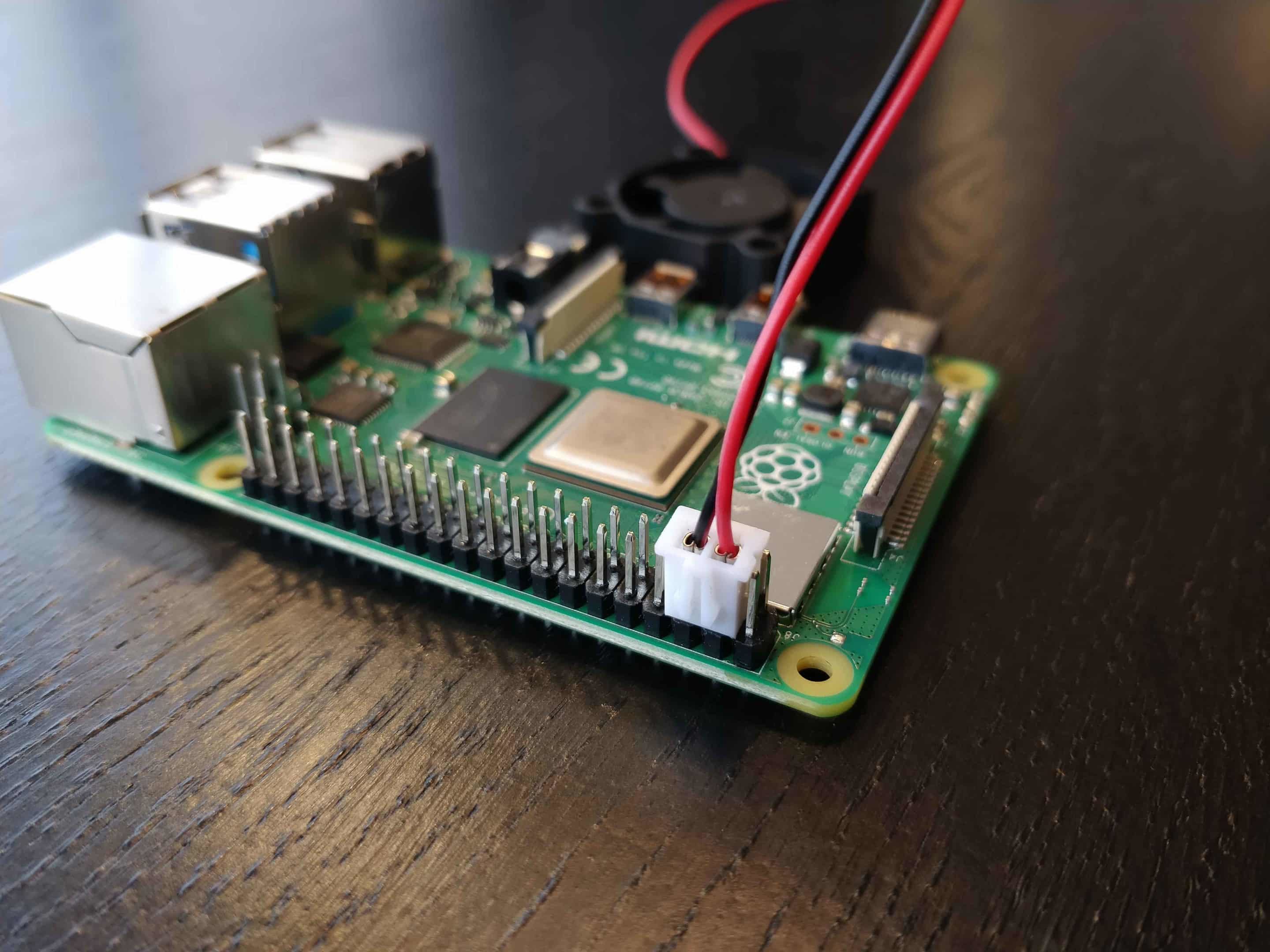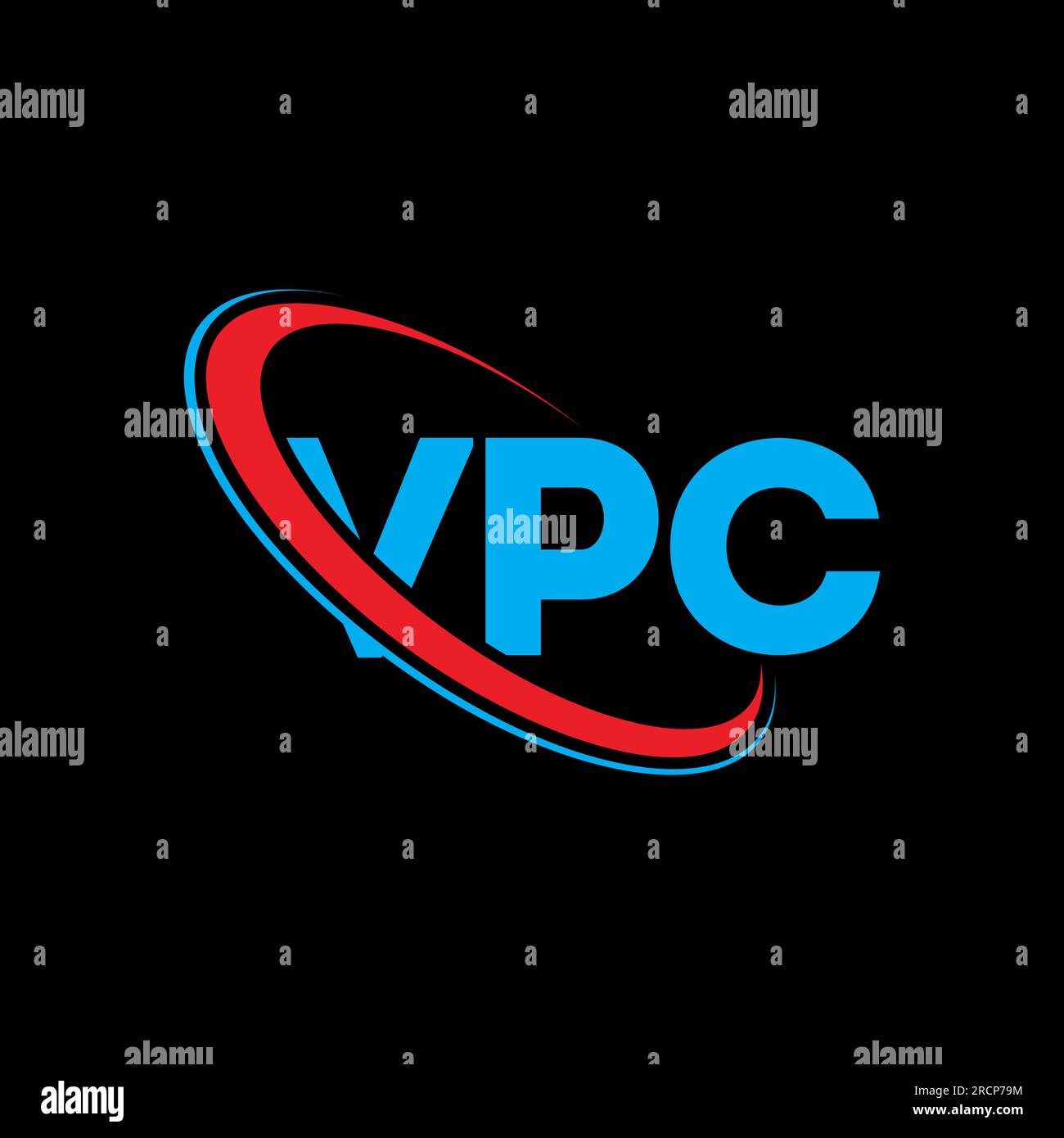In the modern era of interconnected devices, securely connecting remote IoT to VPC has become a critical aspect for businesses and developers. As the Internet of Things (IoT) continues to expand, ensuring robust security measures is essential to protect sensitive data and maintain system integrity. This article will provide an in-depth exploration of the best practices, tools, and strategies for establishing secure connections between remote IoT devices and Virtual Private Clouds (VPC).
The need for secure remote IoT connectivity arises from the increasing reliance on cloud-based infrastructure. Organizations must ensure that their IoT devices can communicate seamlessly with cloud resources while maintaining the highest level of security. This guide will walk you through the technical aspects, potential vulnerabilities, and solutions to ensure your IoT-VPC connection remains uncompromised.
Whether you're a developer, IT professional, or business owner, understanding how to securely connect remote IoT devices to VPC is vital. By following the best practices outlined in this article, you can safeguard your network, protect valuable data, and enhance operational efficiency. Let's dive into the details to ensure your IoT ecosystem remains secure and reliable.
Read also:Asmongold Gf Unveiling The Life Relationship And Achievements
Table of Contents
- Introduction to IoT and VPC
- Importance of Secure Connections
- Key Considerations for Secure IoT-VPC Connections
- Network Security for IoT-VPC
- Authentication Methods for Remote IoT Devices
- Encryption Techniques for Secure Communication
- Tools and Solutions for Secure IoT-VPC Integration
- Best Practices for Securing IoT-VPC Connections
- Common Vulnerabilities and How to Address Them
- Future Trends in IoT-VPC Security
Introduction to IoT and VPC
The Internet of Things (IoT) refers to the network of physical devices embedded with sensors, software, and connectivity that allows them to exchange data. Virtual Private Clouds (VPCs) are isolated environments within public cloud infrastructure, designed to provide secure and scalable resources for applications and services. Securing the connection between remote IoT devices and VPC is crucial for maintaining data privacy and system integrity.
Understanding IoT Ecosystems
IoT ecosystems consist of various components, including sensors, gateways, and cloud platforms. Each component plays a vital role in ensuring seamless communication and data exchange. Understanding the architecture of IoT systems is essential for implementing effective security measures.
Role of VPC in IoT Security
VPCs offer a secure and controlled environment for hosting IoT applications. By isolating resources and applying strict access controls, VPCs help protect IoT devices from unauthorized access and potential threats.
Importance of Secure Connections
Securing the connection between remote IoT devices and VPC is vital for several reasons. Firstly, it protects sensitive data transmitted between devices and cloud platforms. Secondly, it ensures the reliability and availability of IoT services, reducing the risk of downtime and service disruptions.
Consequences of Insecure Connections
Insecure IoT-VPC connections can lead to data breaches, unauthorized access, and system vulnerabilities. These issues can result in financial losses, reputational damage, and legal consequences for organizations.
Key Considerations for Secure IoT-VPC Connections
When establishing secure connections between IoT devices and VPC, several factors must be considered. These include network architecture, authentication protocols, encryption standards, and monitoring mechanisms.
Read also:Is Teanna Trump Donald Trumps Daughter Unveiling The Truth
Network Architecture
Designing a robust network architecture is essential for securing IoT-VPC connections. This involves segmenting networks, implementing firewalls, and using secure communication protocols.
Authentication Protocols
Authentication is a critical component of IoT security. By verifying the identity of IoT devices, organizations can prevent unauthorized access and ensure only trusted devices communicate with the VPC.
Network Security for IoT-VPC
Network security plays a pivotal role in securing IoT-VPC connections. Implementing security measures such as intrusion detection systems, access controls, and network segmentation can significantly enhance the security of IoT ecosystems.
Firewalls and Intrusion Detection
Firewalls and intrusion detection systems (IDS) help monitor and control network traffic, identifying and mitigating potential threats. These tools are essential for maintaining the security of IoT-VPC connections.
Authentication Methods for Remote IoT Devices
Authentication is a fundamental aspect of IoT security. Various methods, such as username/password, certificates, and multi-factor authentication (MFA), can be used to verify the identity of IoT devices.
Multi-Factor Authentication
MFA adds an extra layer of security by requiring users to provide multiple forms of verification before accessing IoT devices or VPC resources. This method significantly reduces the risk of unauthorized access.
Encryption Techniques for Secure Communication
Encryption is a critical component of secure IoT-VPC connections. By encrypting data transmitted between devices and cloud platforms, organizations can protect sensitive information from interception and tampering.
Common Encryption Standards
Some widely used encryption standards for IoT include Advanced Encryption Standard (AES), Transport Layer Security (TLS), and Secure Sockets Layer (SSL). These protocols ensure secure communication between IoT devices and VPC.
Tools and Solutions for Secure IoT-VPC Integration
Several tools and solutions are available to facilitate secure IoT-VPC integration. These include cloud platforms, middleware solutions, and security frameworks designed specifically for IoT environments.
Cloud Platforms
Cloud platforms such as AWS IoT Core, Microsoft Azure IoT Hub, and Google Cloud IoT Core offer robust solutions for securely connecting IoT devices to VPC. These platforms provide features such as device management, data analytics, and security controls.
Best Practices for Securing IoT-VPC Connections
Implementing best practices is essential for ensuring the security of IoT-VPC connections. These practices include regular security audits, patch management, and employee training.
Regular Security Audits
Conducting regular security audits helps identify vulnerabilities and ensure compliance with security standards. These audits should cover all aspects of IoT-VPC integration, including network architecture, authentication protocols, and encryption standards.
Common Vulnerabilities and How to Address Them
IoT-VPC connections are susceptible to various vulnerabilities, such as weak authentication, insecure communication, and outdated software. Addressing these vulnerabilities requires a proactive approach to security management.
Weak Authentication
Weak authentication mechanisms can be exploited by attackers to gain unauthorized access to IoT devices and VPC resources. Implementing strong authentication protocols and regularly updating credentials can mitigate this risk.
Future Trends in IoT-VPC Security
As technology continues to evolve, new trends in IoT-VPC security are emerging. These include the adoption of artificial intelligence (AI) for threat detection, blockchain for secure data management, and quantum encryption for enhanced security.
Artificial Intelligence in IoT Security
AI-powered security solutions can analyze large volumes of data to detect anomalies and potential threats in real-time. These solutions enhance the ability to respond quickly to security incidents, improving the overall security of IoT-VPC connections.
Kesimpulan
In conclusion, securely connecting remote IoT devices to VPC is a complex but essential task for modern organizations. By following the best practices outlined in this article, such as implementing robust authentication protocols, encryption standards, and network security measures, you can ensure the security and reliability of your IoT ecosystem.
We encourage you to take action by reviewing your current IoT-VPC security measures and implementing the strategies discussed in this article. Feel free to leave a comment or share this article with others who may benefit from the information provided. For more insights into IoT and cloud security, explore our other articles on the website.
Remember, securing your IoT-VPC connections is not just a technical requirement but a business imperative. Stay informed, stay secure, and stay ahead in the rapidly evolving world of IoT.
References:
- AWS IoT Core Documentation
- Microsoft Azure IoT Hub Documentation
- Google Cloud IoT Core Documentation
- NIST Cybersecurity Framework


